Pioneer of Italian Fashion: Artist-Designer Rosa Genoni
An Italian artist-designer at the turn of the 20th century, Rosa Genoni is described as a founder of Italian fashion, a dressmaker, a teacher, a...
Nikolina Konjevod 13 May 2024
30 July 2024 min Read
When Dalí moved to Paris in 1926, Chanel was already a famous fashion designer. Dalí had already worked in the fashion industry, as he had collaborated with Elsa Schiaparelli. But, Coco also introduced him to theatrical costume design, jewelry, and other things that combined both art and fashion. They both had quite different personalities. Dalí was eccentric in his social life and his work. Chanel was liberated but chic and elegant. Despite their differences, the friendship between Salvador Dalí and Coco Chanel was dynamic and it reportedly resulted in a love affair.
In the late 1930s, Chanel invited Dalí to Villa La Pausa, her home on the French Riviera. She provided him with a studio and a workplace where he could create. She was very into art and had hosted many artists at her home including, Igor Stravinsky (composer), Luchino Visconti (film director), Jean Cocteau (poet), and Pablo Picasso.
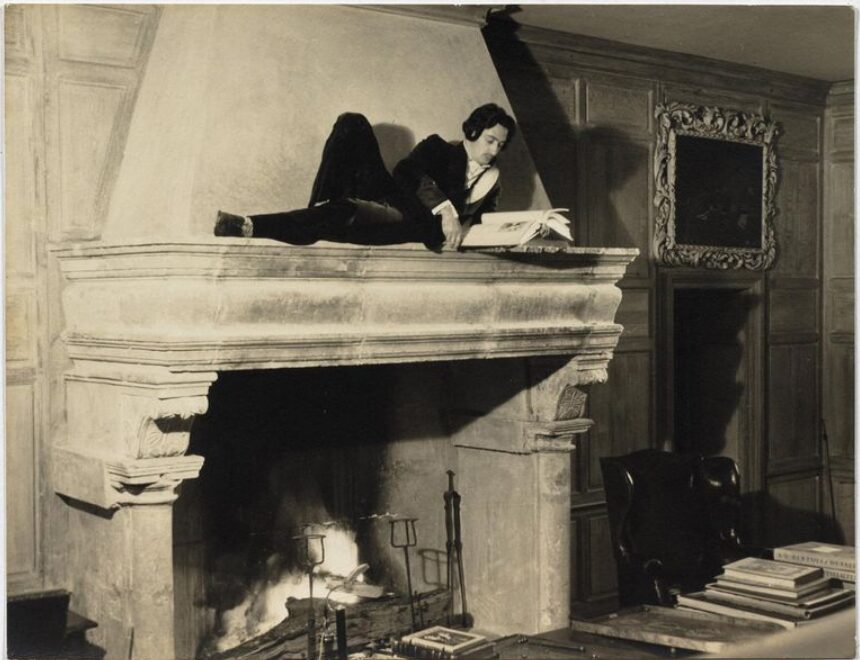
While staying at Villa La Pausa, Dalí created his work Endless Enigma. It is also believed that whilst there he worked on the Apparition of Face and Fruit Dish on a Beach.
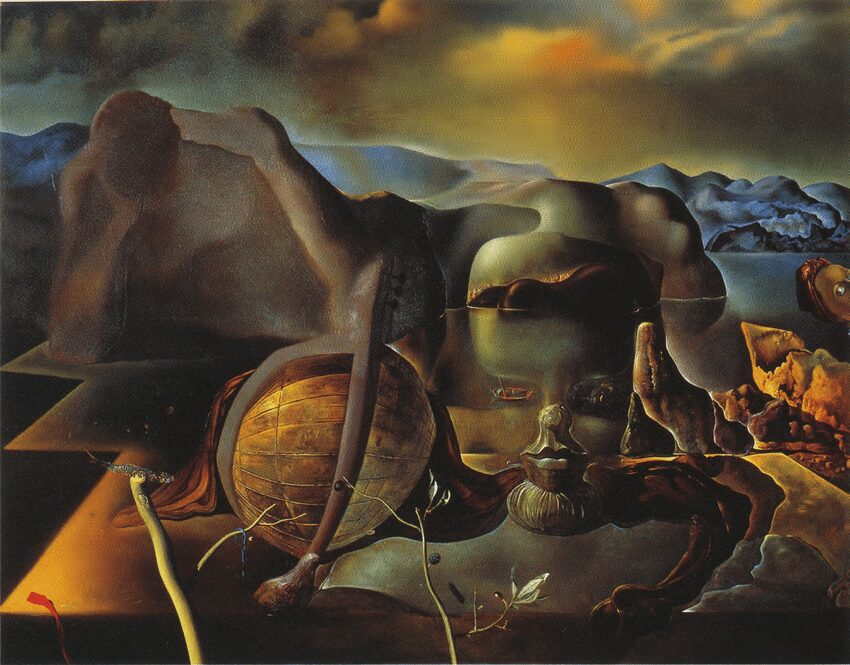
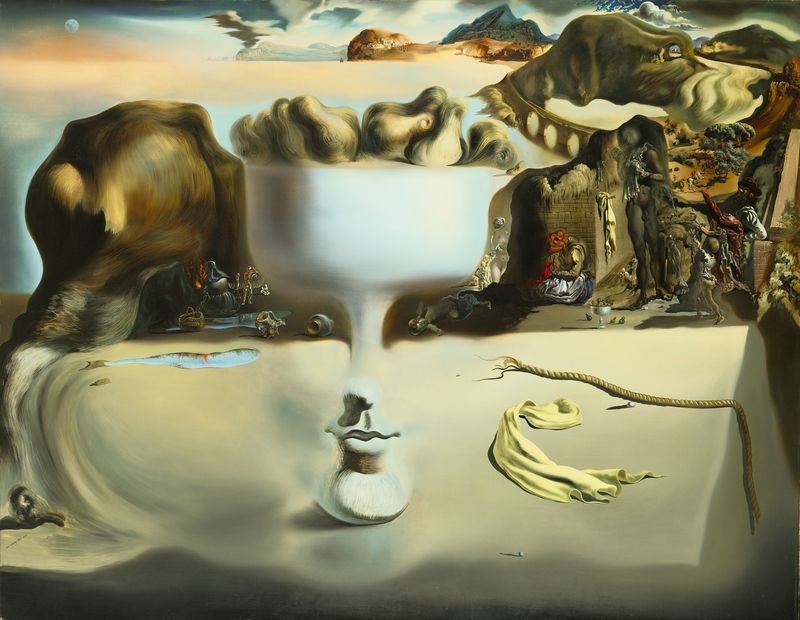
Chanel also loved the theatre and she had designed costumes for ballets, operas, plays, and films. So, she introduced it to Dalí. Dalí had already created costumes for the production Tristan Fou, of the Ballet Russe de Monte Carlo in 1937, along with Elsa Schiaparelli. In 1939, he worked with Chanel for the Bacchanale ballet. Coco helped him create unique costumes. That is, they featured eccentric elements on ordinary clothes. For example, the pair created a hoop skirt covered in teeth and a men’s ensemble decorated with red lobsters. The red lobster would later become a sexual symbol that Dalí would use in his fashion designs.
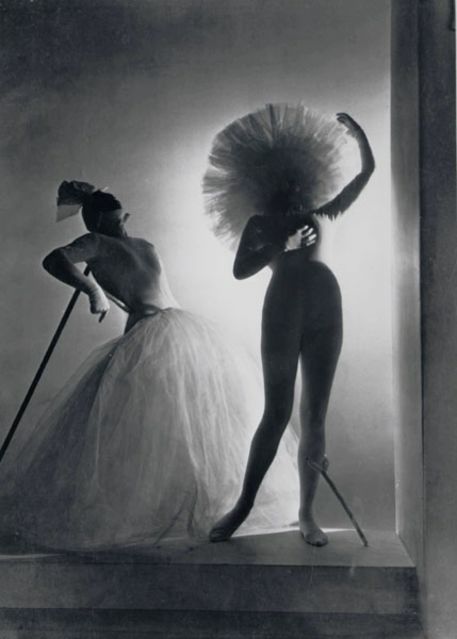
Dalí’s collaborations with Elsa Schiaparelli and Christian Dior resulted in wearable surreal artworks. That is, they included elements of avant-garde aesthetics and illusion. However, Dalí didn’t stop there. He explored other areas of fashion too, such as textiles, jewelry, and fragrance bottles. For certain items of jewelry, for example, The Eye of Time, Dalí worked with Duke Fulco di Verdura. Verdura was a new jewelry designer, employed by Chanel for her own jewelry designs.
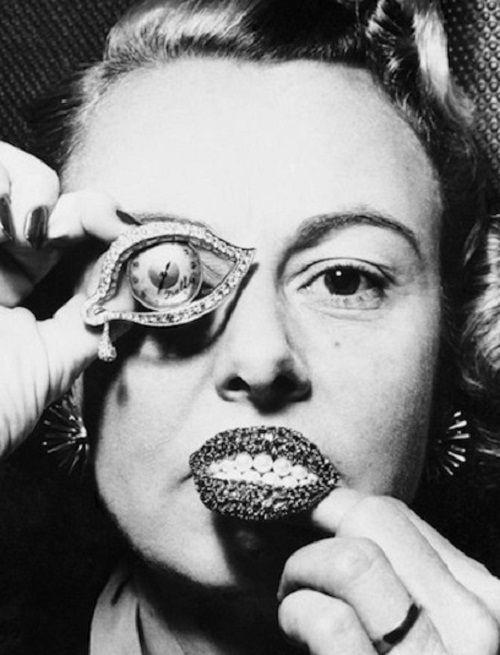
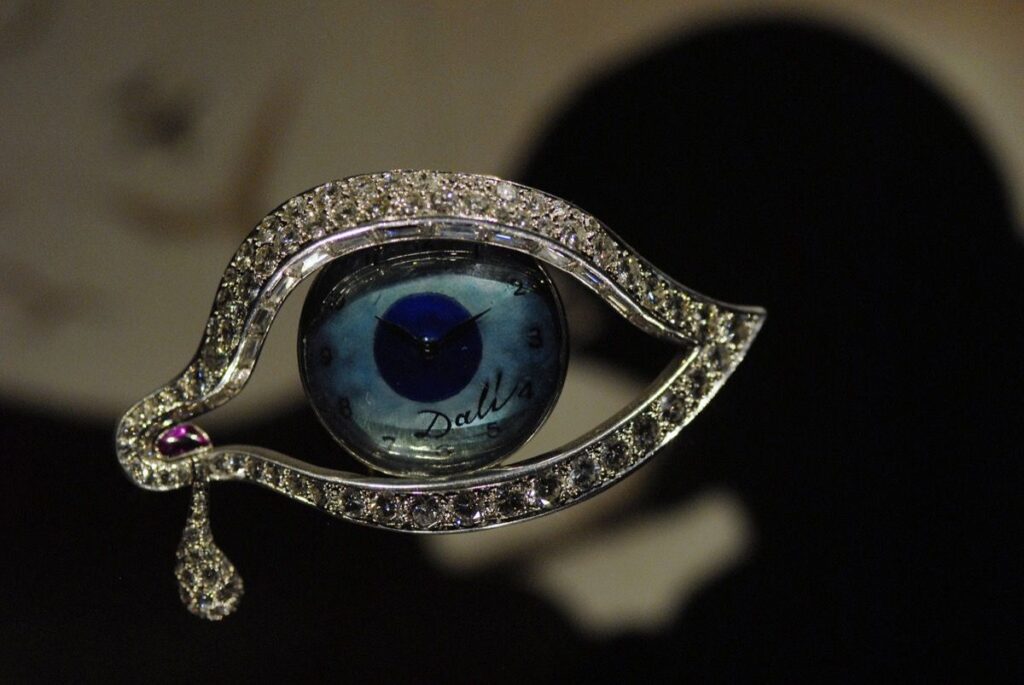
Naturally, Chanel’s influence is apparent elsewhere too. Dalí designed the Essence of Dalí, whose bottle mimics the Chanel No. 5 perfume bottle. However, he placed a pair of eyes and a mustache, resembling his own, in order to change it up a bit.
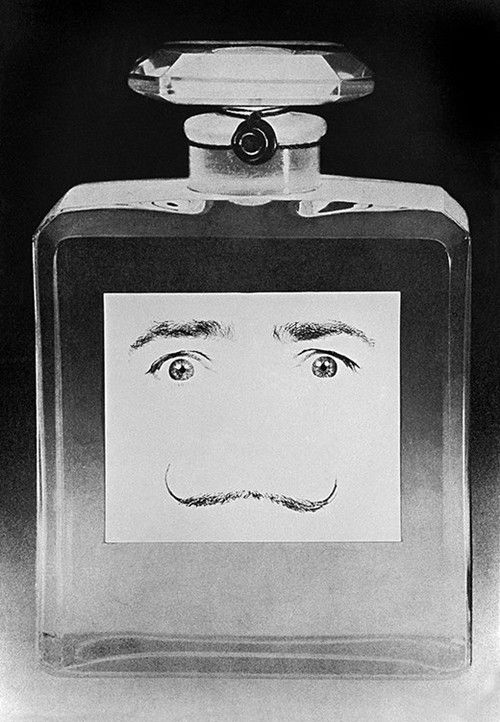
“Chanel’s originality was the opposite of mine… I have always shamelessly exhibited my thoughts, while she neither conceals hers nor shows them off, but instead dresses them up… She has the best-dressed body and soul on Earth.”
– Salvador Dalí for Coco Chanel, Chanel.
The friendship between Salvador Dalí and Coco Chanel is one of the most iconic in the history of fashion and art.
Salvador Dalí, The Secret Life of Salvador Dalí, Dover Publications, 1993.
Lisa Chaney, Coco Chanel: An Intimate Life, Penguin Putnam Inc, 2012.
Chanel & The Artists Dalí, Chanel news, 4.2.2026
DailyArt Magazine needs your support. Every contribution, however big or small, is very valuable for our future. Thanks to it, we will be able to sustain and grow the Magazine. Thank you for your help!